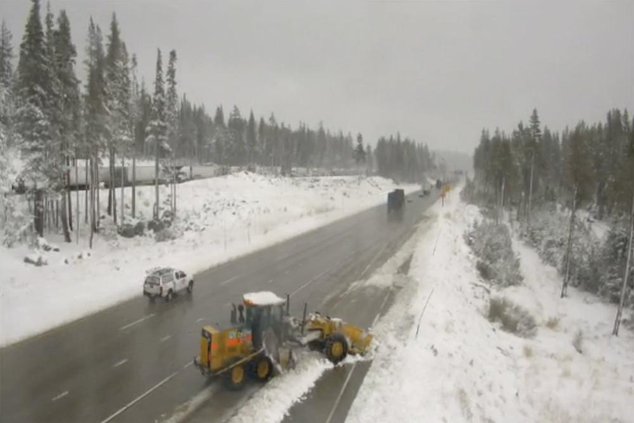The series of storms anticipated through next week are far from being enough to break the back of the current two-year drought.
They are essentially expected to prevent the state from slipping even deeper into the precipitation deficit that has been dug for all of California with two back-to-back dry years.
As of Tuesday 45.66 percent of the state — including the critical western slope of the Sierra, the entire Central Valley including all of San Joaquin County, the East Bay the North Bay and farther north along the coast the Los Angeles Basin and much of the Cascade Range that feeds the 4.5 million acre foot Shasta reservoir that is the state’s largest — were in exceptional drought.
That is the worst level of drought rating by the United States Department of Agricultural drought monitor. There was 87.18 percent of the state that includes all of the area in exceptional drought that is classified as having extreme drought conditions.
On average, the state’s reservoirs are holding only a third of the water normal for this time of year.
There is no area in California that is not gripped by some level of drought.
It is why Gov. Gavin Newsom extended the drought emergency declaration on Tuesday to the entire state by including the southernmost counties.
Shasta has now dropped to 36 percent of average for Oct. 19 as it is at 21 percent capacity.
Oroville, the second largest reservoir in California, is now at 22 percent capacity. That translates into 37 percent of average for Oct. 19.
New Melones on the Stanislaus River that is the water basin the South San Joaquin Irrigation District along with the cities of Manteca, Lathrop and Tracy rely on, is at 34 percent of its 2.4 million acre foot capacity. That represents 62 percent of average for Oct. 19.
San Luis Reservoir, and off-stream storage facility with a 2 million acre foot capacity 50 miles southwest of Manteca below Pacheco Pass is at 10 percent capacity or 20 percent of its average for Oct. 19.
Manteca’s water rules
The stricter water rules that were adopted for Manteca residents and businesses 76months ago are as follows:
*No irrigation is allowed during or within 48 hours following measurable rainfall as defined by storms that generate run-off or puddles.
*No watering is allowed on Monday or any day between noon and 6 p.m. Watering for even addresses is on Tuesday, Thursday, and Saturday while odd addresses can water on Wednesday, Friday, and Sunday.
*No water will be allowed on any day at any time for washing off sidewalks, driveways, patios, parking lots or other exterior non-landscaped areas without a permit obtained from the Manteca Public Works Department office at the Civic Center.
*No water will be allowed to flow into a gutter or other drainage area for longer than 5 minutes. All water leaks or malfunctions in plumbing or irrigation systems must be fixed with 24 hours.
Penalties include a written notice on the first violation, a $100 fine with applicable fees on the second violation that may be waived by attending a water conservation workshop; a $200 fine and applicable fees on the third violation; and $500 fines for each and every subsequent application plus applicable fees.
To contact Dennis Wyatt, email dwyatt@mantecabulletin.com





